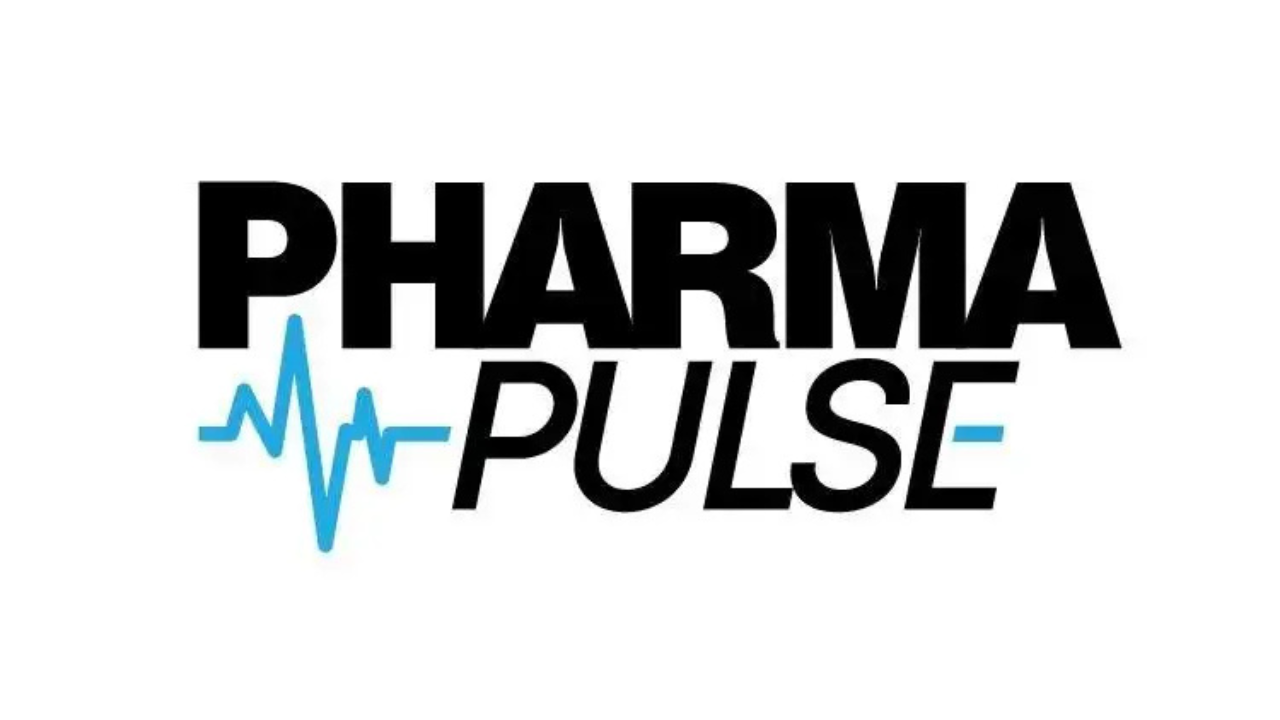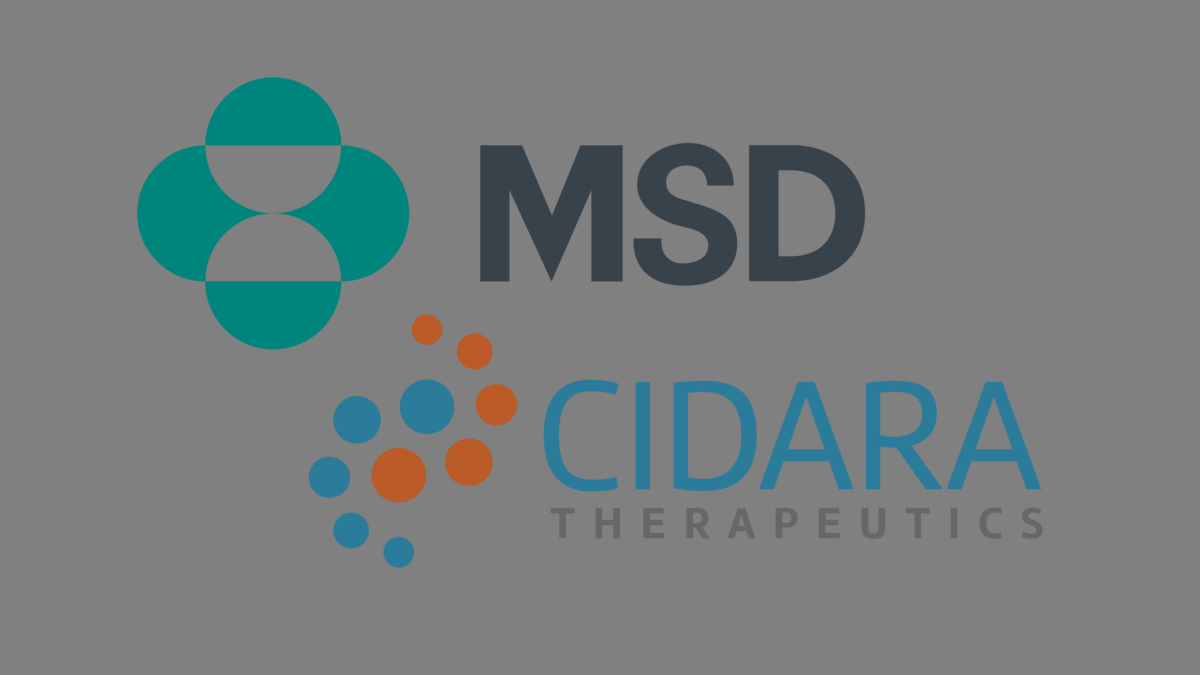Every few weeks, a new headline seems to push GLP-1 drugs—Semaglutide and Tirzepatide—deeper into “miracle drug” territory. Weight loss. Heart benefits. Reduced inflammation. Better metabolic markers. And now… longer survival for colon cancer patients?
A recently circulated data point claims that colon cancer patients using Semaglutide or Tirzepatide were less than half as likely to die within five years compared to those not using the drugs—
15.5% versus 37.1%. If that’s true, it would be one of the most significant oncology breakthroughs in decades. But here’s the problem: it’s probably not.
And that’s precisely why we need to slow down, take a breath, and stop letting every observational finding become the latest “See? GLP-1s are basically magic!” narrative.
GLP-1s are good. But they are not magic.
Let’s be clear: Semaglutide and Tirzepatide are impressive drugs with undeniable benefits in metabolic disease and weight loss. Their mechanisms of action do touch pathways that could have downstream effects on cancer risk or progression.
But that does not automatically make every statistical correlation meaningful.
Yet because these drugs have already become cultural phenomena—fueling billion-dollar markets, celebrity endorsements, and a never-ending wave of breathless coverage—every new data point is treated like proof that they’re the answer to everything.
So what’s wrong with these “GLP-1 saves colon cancer patients” numbers?
1. It’s observational, not causal.
We’re looking at data that associates GLP-1 use with lower mortality, not data showing that the drug causes lower mortality. Those are two completely different things.
2. GLP-1 users are often healthier in ways that don’t show up in the dataset.
People prescribed these drugs already have something in common:
- They’re engaged with healthcare
- They’re trying to manage weight
- They’re more proactive
- They have access to newer therapies
- They tend to follow up more often
All of these factors correlate with better outcomes regardless of the drug.
3. The “effect size” is suspiciously large.
Cutting five-year mortality in HALF?
Weight-loss medications outperforming decades of oncology research?
If the effect is that huge, it’s far more likely that confounders—not the drug—are driving the numbers.
4. Cancer outcomes are messy, and GLP-1s haven’t gone through randomized oncology trials.
There is zero RCT evidence showing that Semaglutide or Tirzepatide improve survival in colon cancer patients. Zero.
Until we have that, this is speculation dressed up as a breakthrough.
The pattern is becoming clear
Every month, another shiny finding drops:
- GLP-1s reduce dementia.
- GLP-1s reduce alcohol consumption.
- GLP-1s improve fertility.
- GLP-1s reduce heart failure risk.
- GLP-1s cure inflammation.
- GLP-1s fix your relationship with your mother.
Okay, maybe not the last one—but honestly, give it time.
The GLP-1 hype machine is now so loud that even weak or preliminary data gets amplified as if it’s conclusive. And because these drugs already command massive cultural and economic attention, every new correlation becomes fuel for the fire.
Why this is dangerous
When early data becomes exaggerated narratives, three things happen:
1. Patients get misled.
Cancer patients might start believing GLP-1s are protective or therapeutic when we absolutely do not know that.
2. Physicians get pressured.
Once the media paints a drug class as miraculous, doctors feel forced to prescribe—even when clinical judgment says otherwise.
3. We distort research priorities.
Real oncology breakthroughs take years and billions to validate.
“GLP-1s cure everything!” stories suck oxygen away from serious science.
We need to stop believing these stories until real research catches up
This isn’t about attacking GLP-1s.
This is about demanding evidence.
Randomized trials.
Controlled designs.
Validated mechanisms.
Replicated results.
Until that happens, these are interesting signals—not proof. Promising correlations—not conclusions. Hypotheses—not headlines.
Yet every time the latest “GLP-1 does X!” story pops up, the public—and sometimes even scientists—jump straight to:
“Wow, these really are wonder drugs.”
That mindset is how bad science spreads.
Let’s appreciate the potential without abandoning the standards
GLP-1s may ultimately prove to have broader benefits than originally expected. And that would be great—for patients, for public health, for chronic disease management.
But if we let hype replace rigor, we’re no longer doing science.
We’re just telling ourselves stories.
And patients deserve more than stories. They deserve truth backed by real evidence.










